The brake actuator is responsible for converting the air pressure in a vehicle’s air system into the mechanical force necessary to actuate the air disc or drum brake. That force is used to push the brake pads against the rotor and provide braking for the driver.
During operation, the vehicle operator pressurizes the brake chamber, which in turn expands a rubber diaphragm to create a strong mechanical force. The expanded diaphragm then pushes a steel plate which forms part of the push rod, driving the brake adjustment arm, rotating the brake cam, and removing the brake shoe friction plate to provide braking.
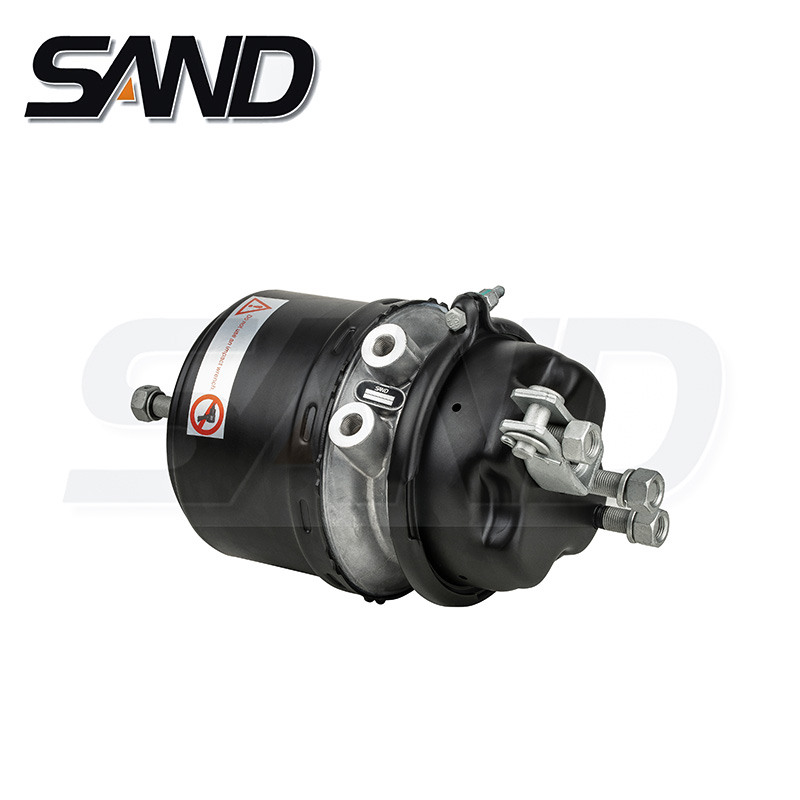
When the air chamber is not pressed into action by air pressure, the spring load disengages the piston. This results in the release of the parking/emergency spring that provides a preload for the main brake push rod to apply the brake.
A center seal isolates the piston rod passageway between the spring and service chambers to prevent the loss of air pressure during a parking/emergency spring release. Failure to do so would result in an unintended parking/emergency function, a dragging brake condition or overheating of the brakes. This seal is also weather-tight, reducing the potential for dirt and moisture to wash away lubrication, which reduces the chance of premature wear on components such as the piston.


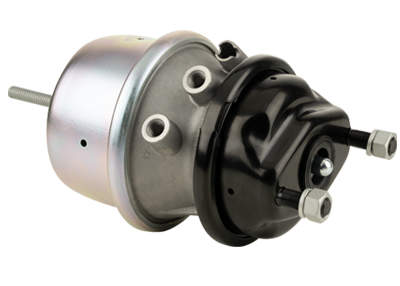
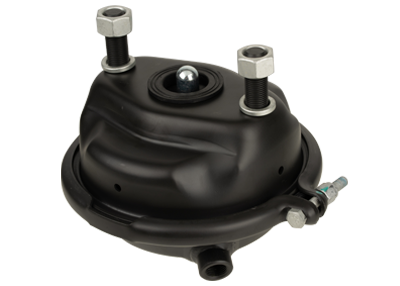
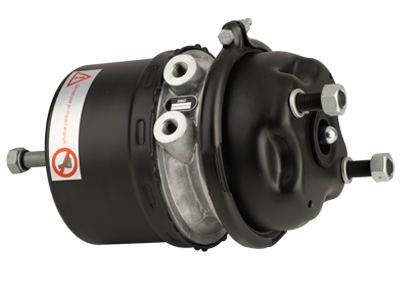

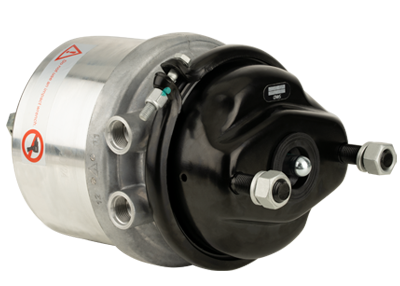
 英语
英语 中文简体
中文简体 德语
德语 俄语
俄语 西班牙语
西班牙语 法语
法语
